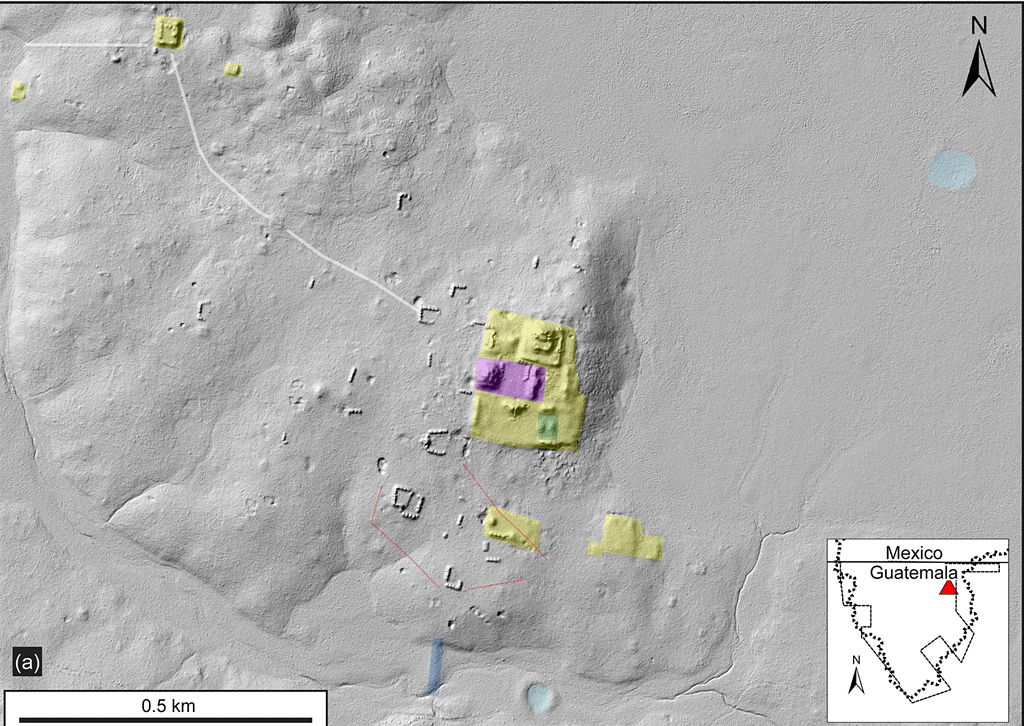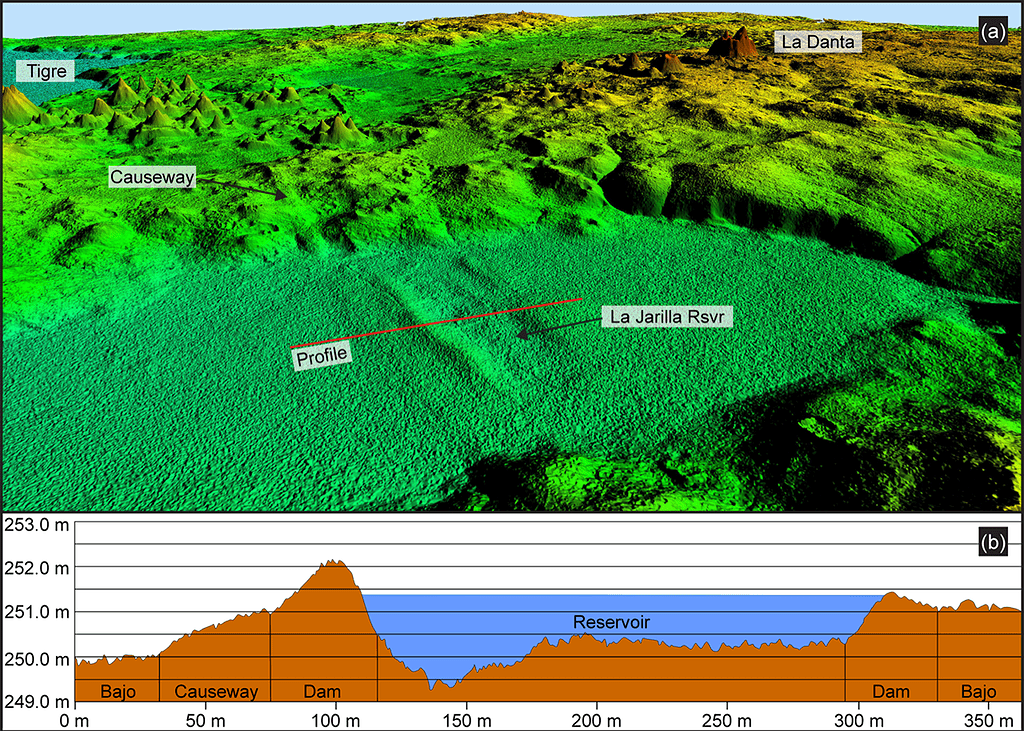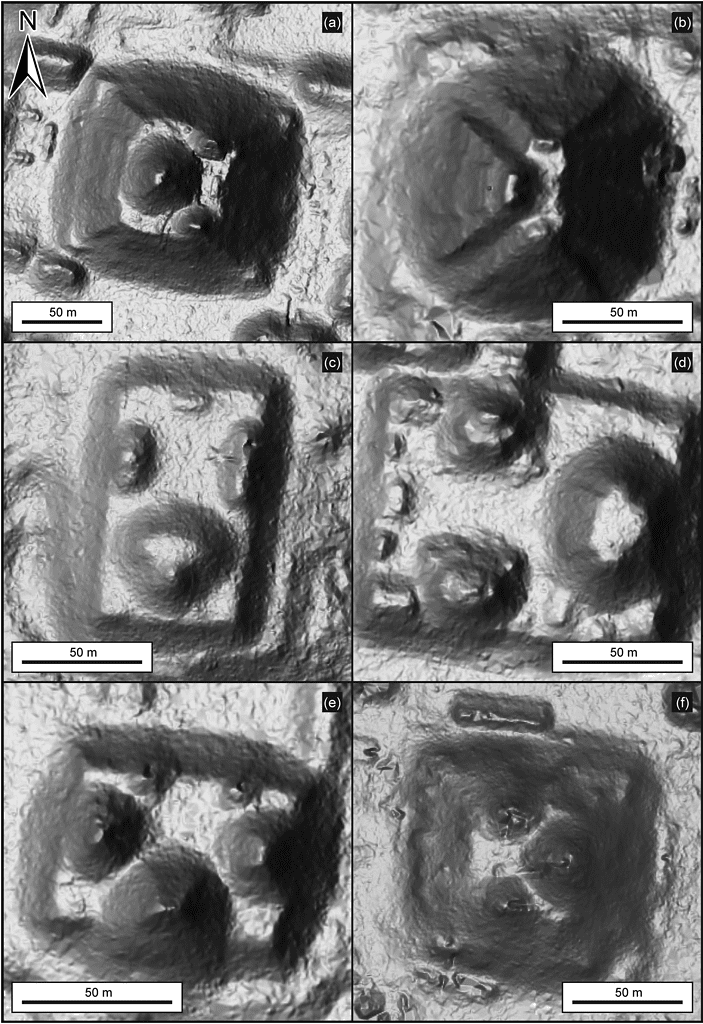Archaeologists have discovered the ruins of a vast civilization that was completely unknown to science until now. With the help of airborne Lidar, scientists have found close to 1,000 archaeological sites spread across 650 square miles and linked by an immense causeway system. This civilization built a structure that formed a web of implied social, political, and economic interactions.

For a long time, archaeologists believed that in Mesoamerica, the “Preclassical period” (from 1,000 BC to 150 AD) only had sparse human occupation. But that may not be true; more likely, it’s just that we haven’t found signs of this occupation — yet.
It’s not easy to investigate the thick, lush rainforests and see if they’re hiding any archaeological treasures. But new tools are enabling researchers to study these sites remotely. A new tool that’s making a big difference is Lidar. Lidar, an acronym of “laser imaging, detection, and ranging” does exactly what it says: it uses a laser to detect and range (measure the distance to) features that are hard to see with the naked eye. It sends out myriad pulses in all directions, measuring how long it takes for the pulse to return, and calculates the distance based on that.
Because it sends so many pulses, some of these pulses penetrate through thick vegetation as well, enabling researchers to even “see” below the thick canopy. Basically, you get to see structures that are not visible to the naked eye. This is why Lidar is so useful in this type of situation for detecting archaeological remains.
Richard Hansen, an archaeologist at Idaho State University and the director of the Mirador Basin Project, has been spearheading a team that, for years, has mapped Preclassic settlements using both traditional archaeological research and Lidar. Now, the team has announced the discovery of a new Maya civilization that was capable of building complex, elaborate settlements around 2,000 years ago.
“LiDAR analyses have demonstrated the presence of dense concentrations of new and previously unknown contemporaneous sites, massive platform and pyramid constructions,” the researchers write in their study. The complex includes “causeway networks, ballcourts, and reservoirs that required vast amounts of labor and resources, amassed by a presumably centralized organization and administration.”
This magnitude of labor means the civilization would have had the power to organize thousands of workers and specialists, from lime producers and quarry specialists to architects and logistics technicians. Judging by the monumental structures, all this would have operated under legal enforcement and religious officials, which seems to indicate a political homogeneity.
All this tantalizing evidence seems to say that there was a strong kingdom-state in the area — one we knew nothing about.

Some of these settlements were known previously to researchers, but they were thought to be far less significant. This new work shows not only that they were more important than thought, but that they were all connected in a large complex.
In addition to the palaces, pyramids, causeways, and platforms, the complex also had a remarkable water management system. The area has no perennial rivers or lakes, aside from some marshes. This meant the civilization had to construct large reservoir systems and water distribution systems — and they did just that. They built dams to gather and store water, canals to distribute it, reservoirs, and dikes. The Lidar data uncovered a whopping 195 artificial water reservoirs (termed aguadas by locals).
“The presence of dense settlements and centers of varying sizes [..] indicates a prodigious growth and development in the Middle and Late Preclassic periods of Maya occupation,” the researchers write.

The causeway system is also impressive. These causeways (essentially raised, cleared beds to serve as roads through the forest and marshes) add up to 110 miles of traversable pathways, which would have made it much easier to move around and conduct collective labor efforts.
Many of these causeways converge on a 230-foot-tall pyramid that served as a public attraction and possibly a ritual purpose. The pyramid called La Danta is one of the largest ancient structures in the world. It is approximately 72 meters (236 ft) tall from the forest floor and is built on a platform with a surface of 180,000 square meters.
“Depending on the natural configurations of the bedrock below the structure, the entire building could have had as much as 6,000,000 to 10,000,000 person-days of labor, exceeding the capacity of polities of lower hierarchical political and economic status, and suggesting a high level of organization as the sociopolitical and economic patron of such prodigious growth,” the researcher explain in the study.
The study also highlights a “triadic architecture” for many of the structures observed on the site. Basically, the structure involves a dominant structure flanked by two, inward-facing smaller mounds. It’s not clear why this layout was preferred.

Now that the position of these structures is known, researchers can carry out more detailed on-site work to understand this civilization even better. It’s quite possible that we’ll need to rethink what we knew about this entire period, and there may be other large cities or civilizations just waiting to be found. Plus, the history and evolution of this civilization is still a mystery in itself.
“Extraordinary economic, political, and social power was wielded at least by the Middle Preclassic period to form the networking of contemporaneous sites, welded together by an extraordinary web of large, dendritic causeway systems, a unified and homogeneous religious and political ideology,” the researchers conclude. “The formation of a unified “kingdom” may have emerged as smaller entities were absorbed into a larger hegemony.”
The study was published in Cambridge Core.


